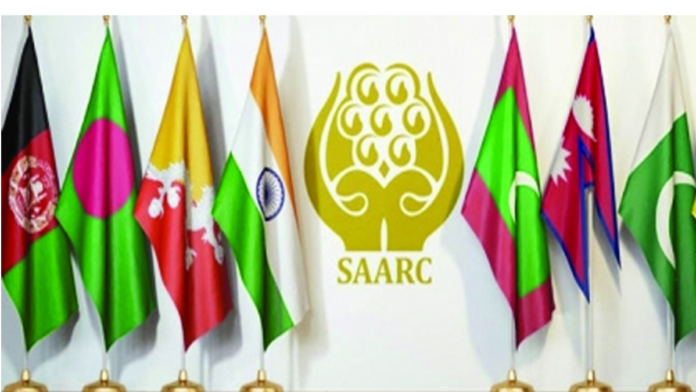At first look, the distressed nations of South Asia may appear to pose a severe threat to India’s stability. However, closer examination reveals that the region’s instability may have some positive consequences for India.
From the textile and sporting goods hubs of Tirupur and Jalandhar to the seafood exporters of Andhra Pradesh and Gujarat, and the verdant tea estates of Assam, Indian businesses are well positioned to outperform their South Asian peers.
The upheaval in South Asia resembles an economic neutron bomb, sparing physical infrastructure but destroying exports and employment.
For global investors, the South Asian map now emphasizes a single destination: India’s $3.2 trillion economy, which is growing at a rapid 7%, remains the only country capable of absorbing large capital inflows and foreign direct investment.
India’s strategically calibrated economic reforms have the potential to magnify its already significant competitive advantage, allowing it to outflank its neighbors. There appears to be an underlying economic Monroe Doctrine in place, with India’s regional predominance unchallenged.
Also Read:
India estalishes new Lakshadweep airfields to protect Indian Ocean
China meddling in South Asia
The attempt by South Asian governments to avoid India through Chinese support has thus far proven to be a costly mistake. The Chinese developmental model, which is based on the construction of massive physical infrastructure—ports, roads, and energy projects—presumes that investment and consumer demand would automatically follow.
Indeed, comparable infrastructure has emerged in Sri Lanka and Pakistan, albeit with little economic dynamism. Much of this infrastructure has revealed itself to be burdensome debt rather than genuine investment, as evidenced by Pakistan’s Gwadar Port, from which ships rarely ply their trade. The Maldives is realizing that a sustainable economic position is impossible without India; even drinking water must come from India.
As a result, the rest of South Asia finds itself in a predicament. Bangladesh, long a model of economic vibrancy, is now plagued by the twin spectres of Islamic extremism and military dictatorship, potentially frightening away investors. Pakistan is weighed down by debilitating domestic and foreign debt, while Nepal’s economy has yet to find a path to long-term prosperity. Political opposition to collaborating with India is obvious throughout the region, from Sri Lanka to Afghanistan.
So, without economic cooperation with India, prosperity is unlikely. The political economy of South Asia cannot be fully understood without acknowledging the benefits of engagement with India. Political leaders in South Asia and their constituents have a stark choice: continue with anti-India rhetoric and suffer further destitution, or integrate with India’s thriving economic engine.



